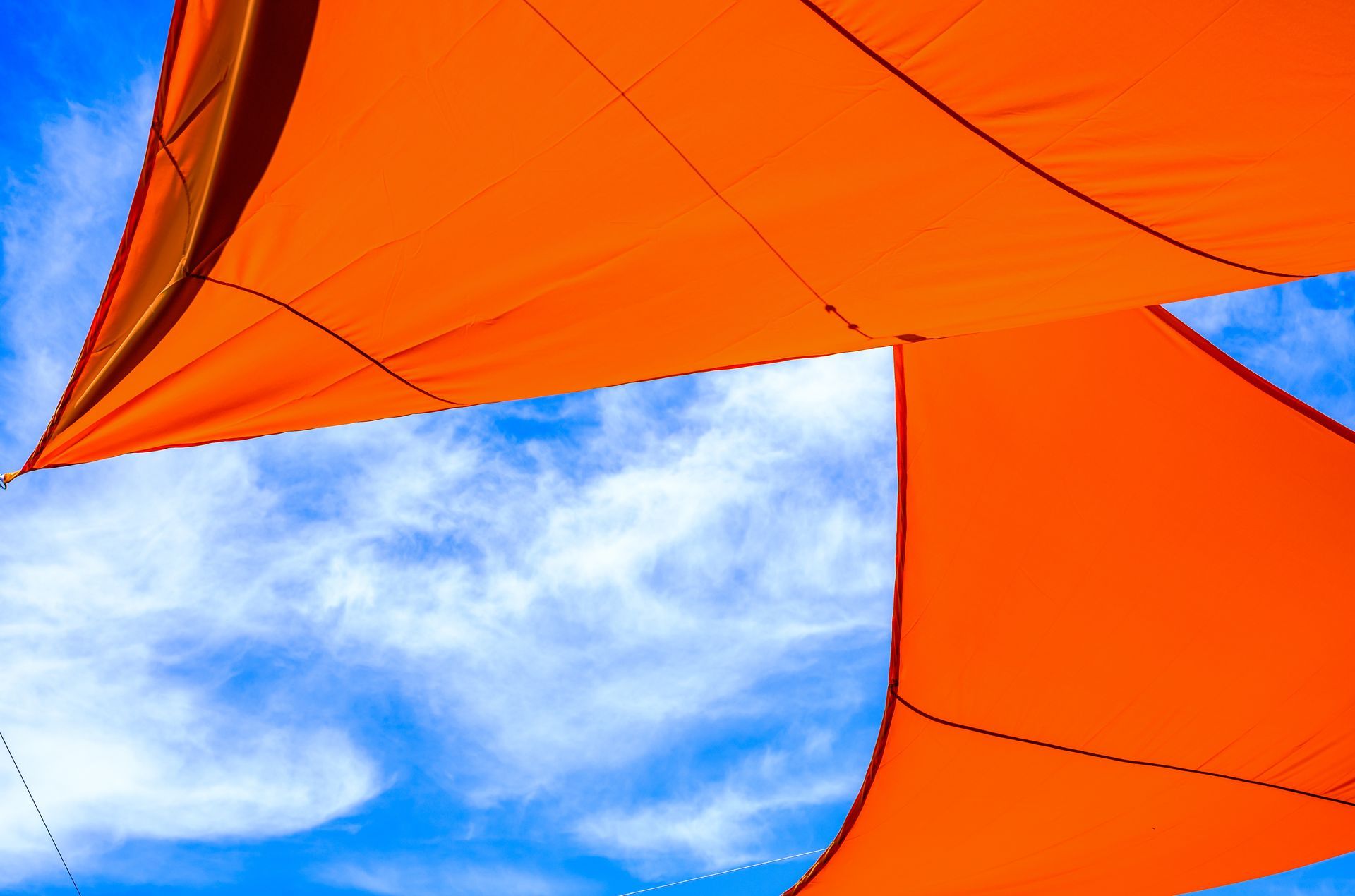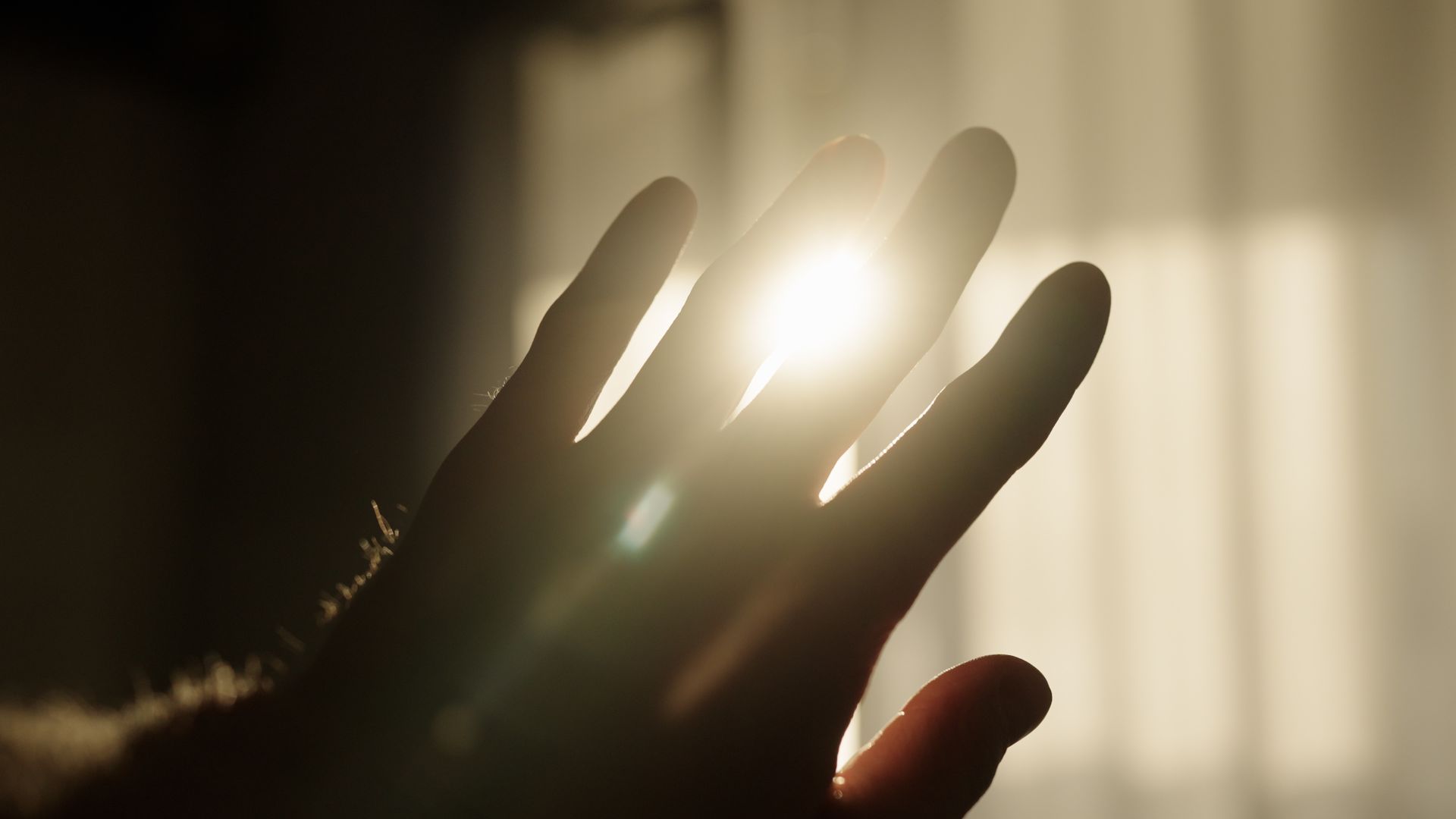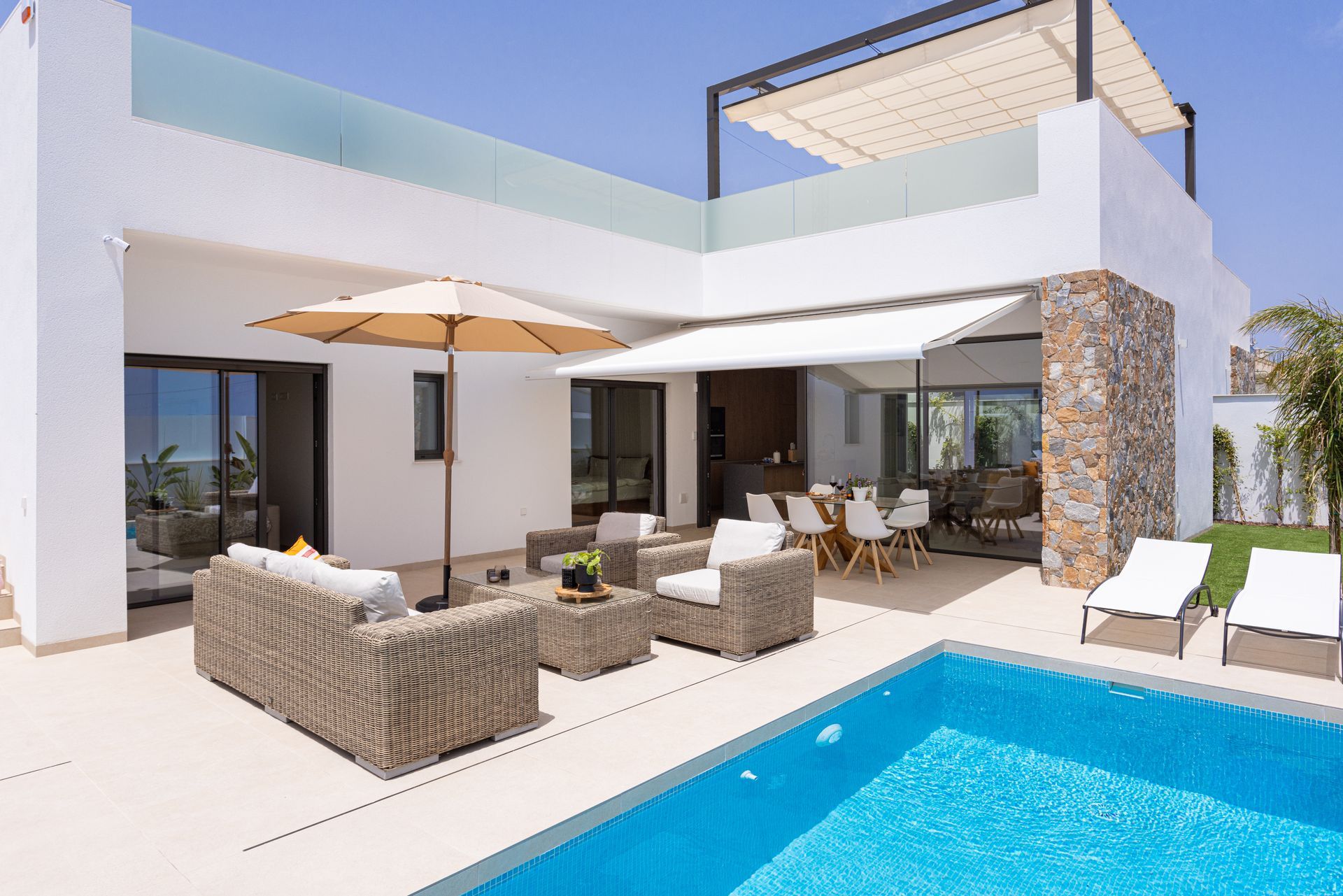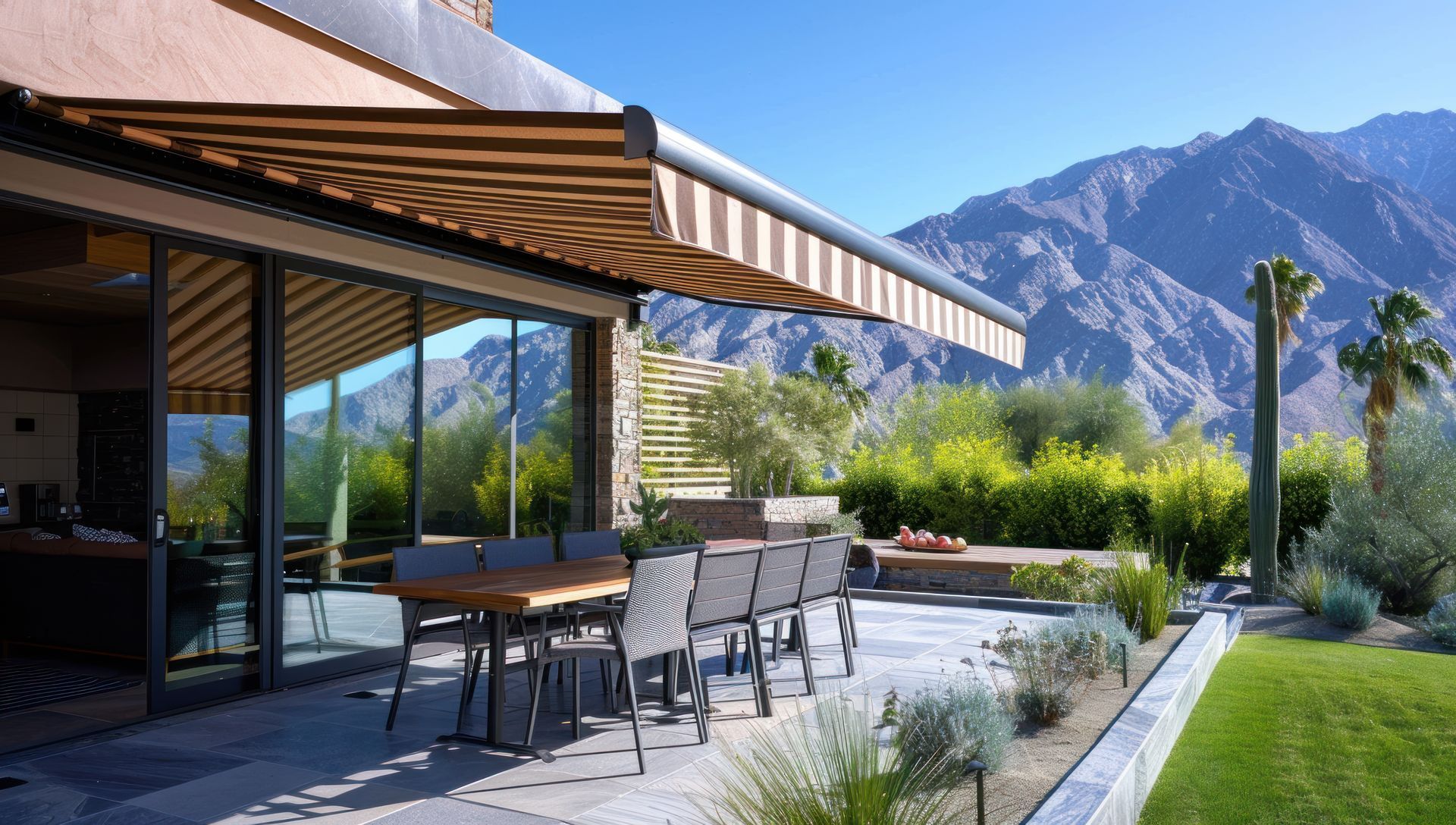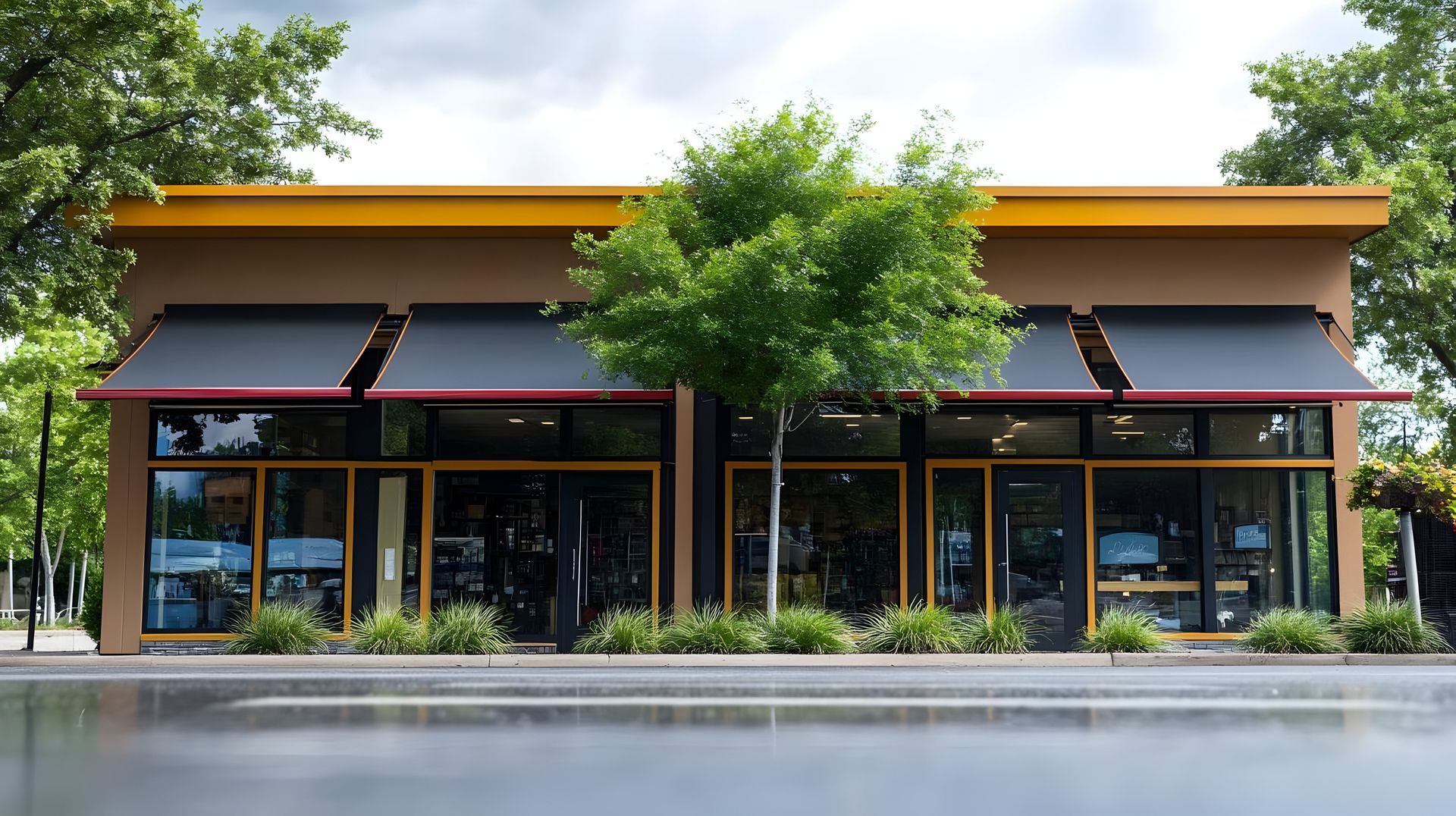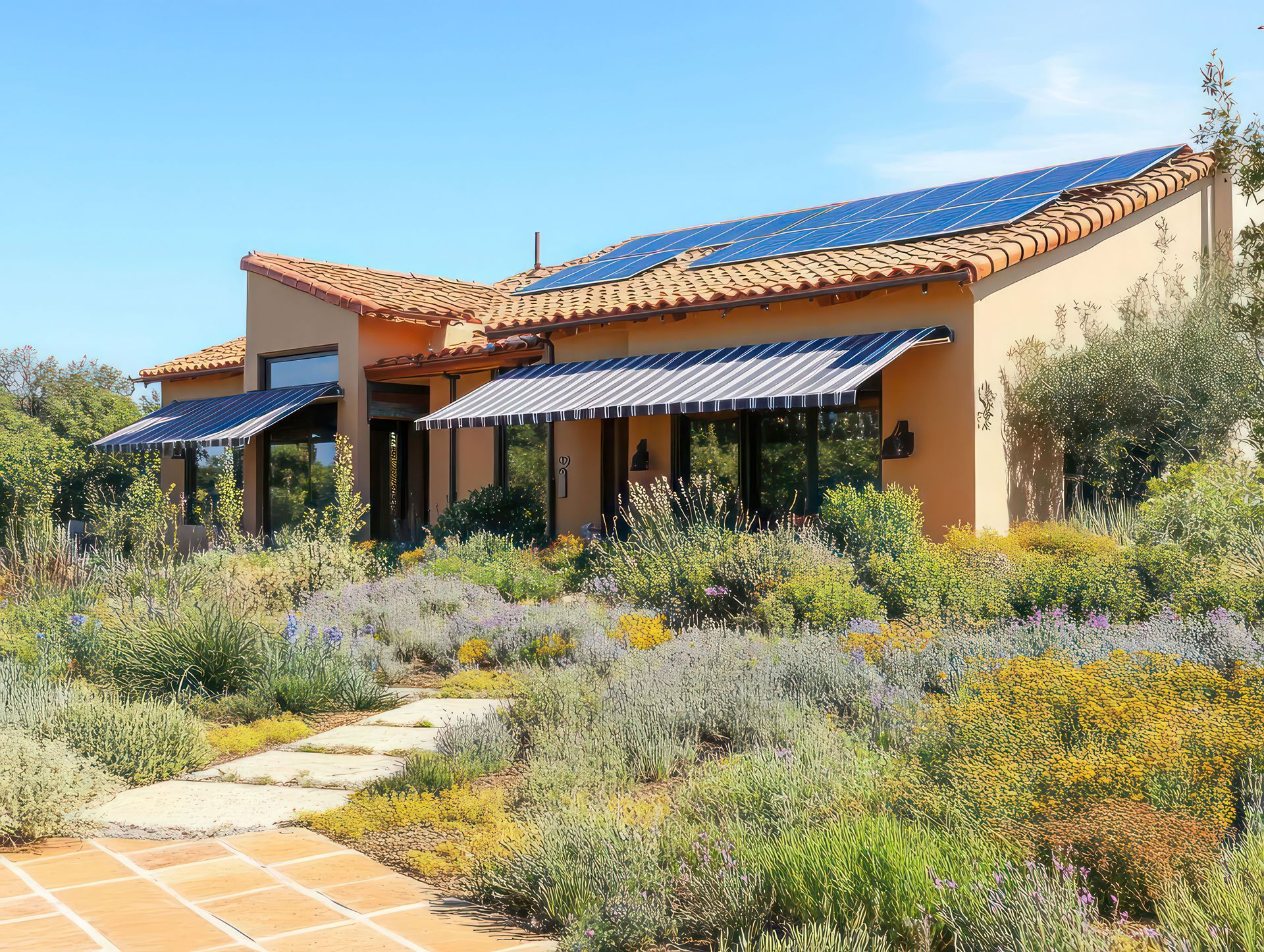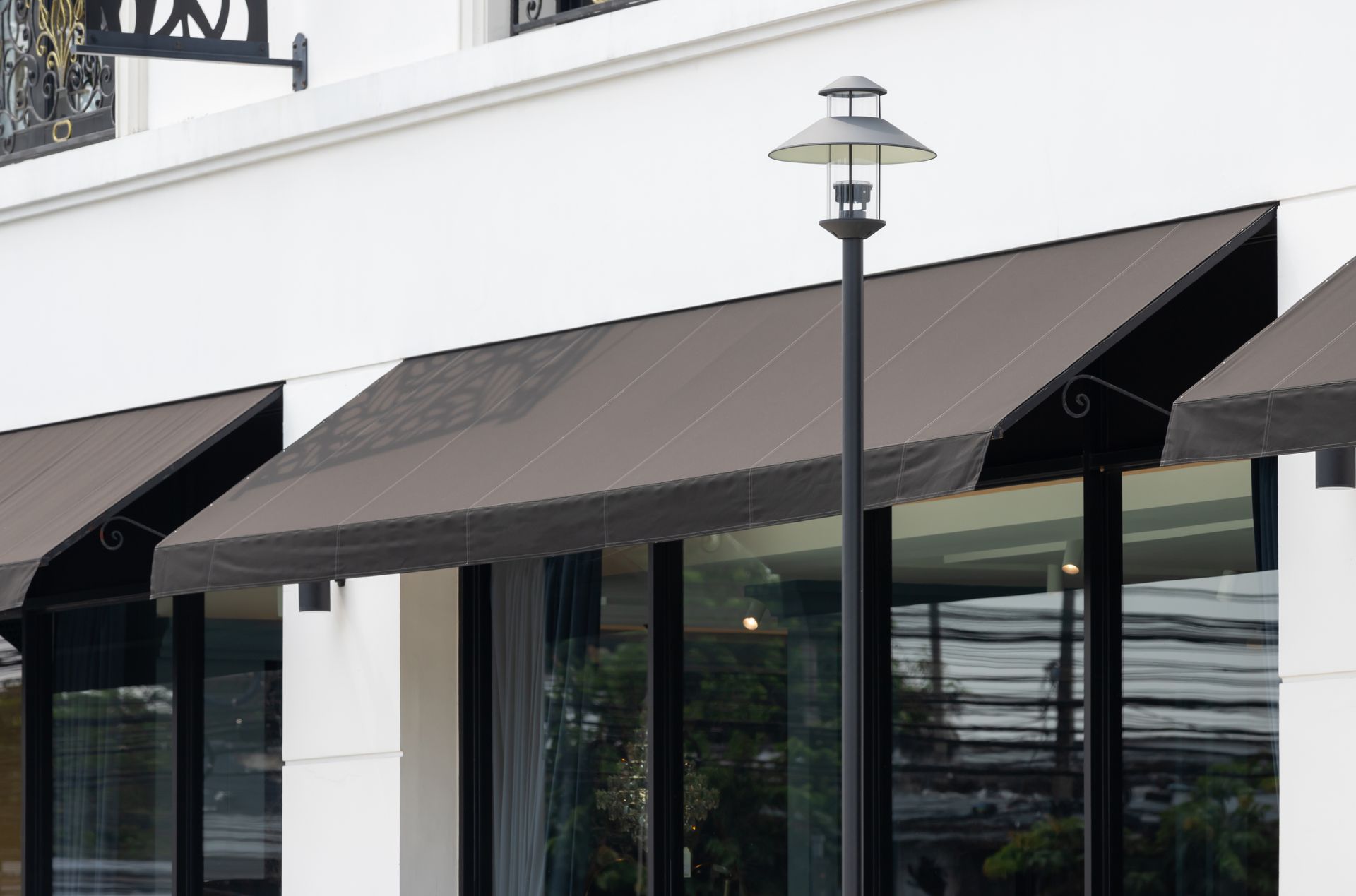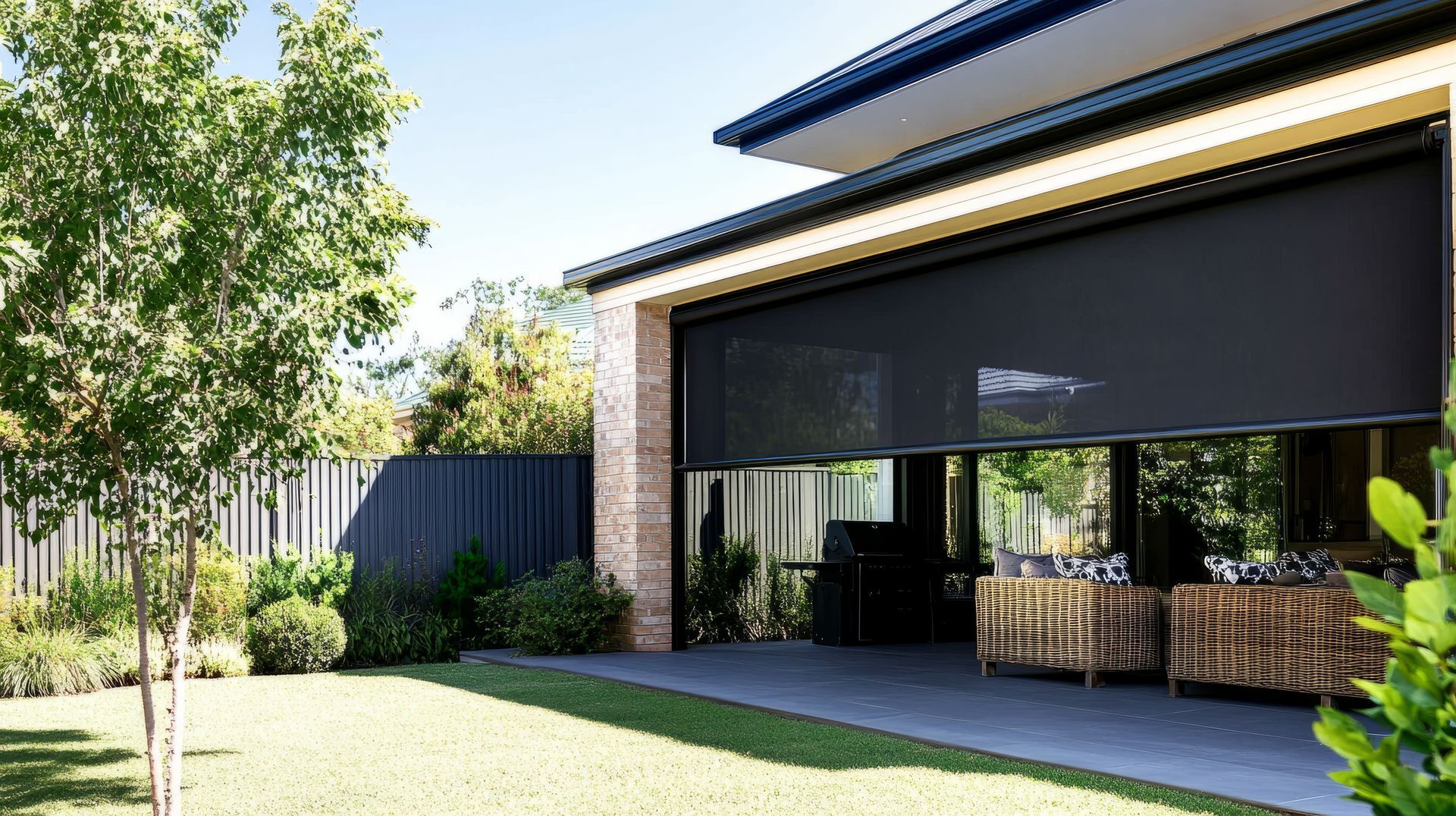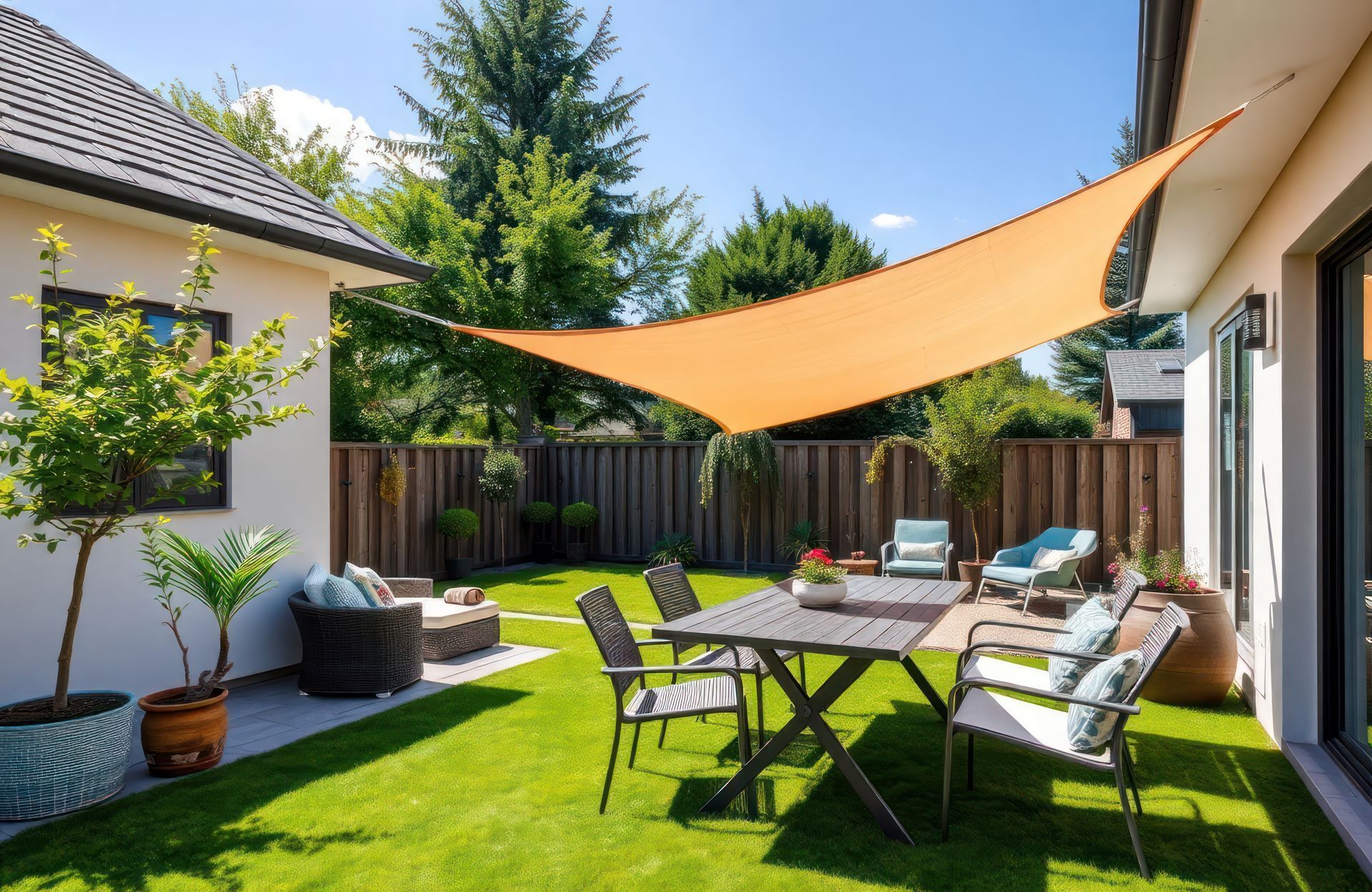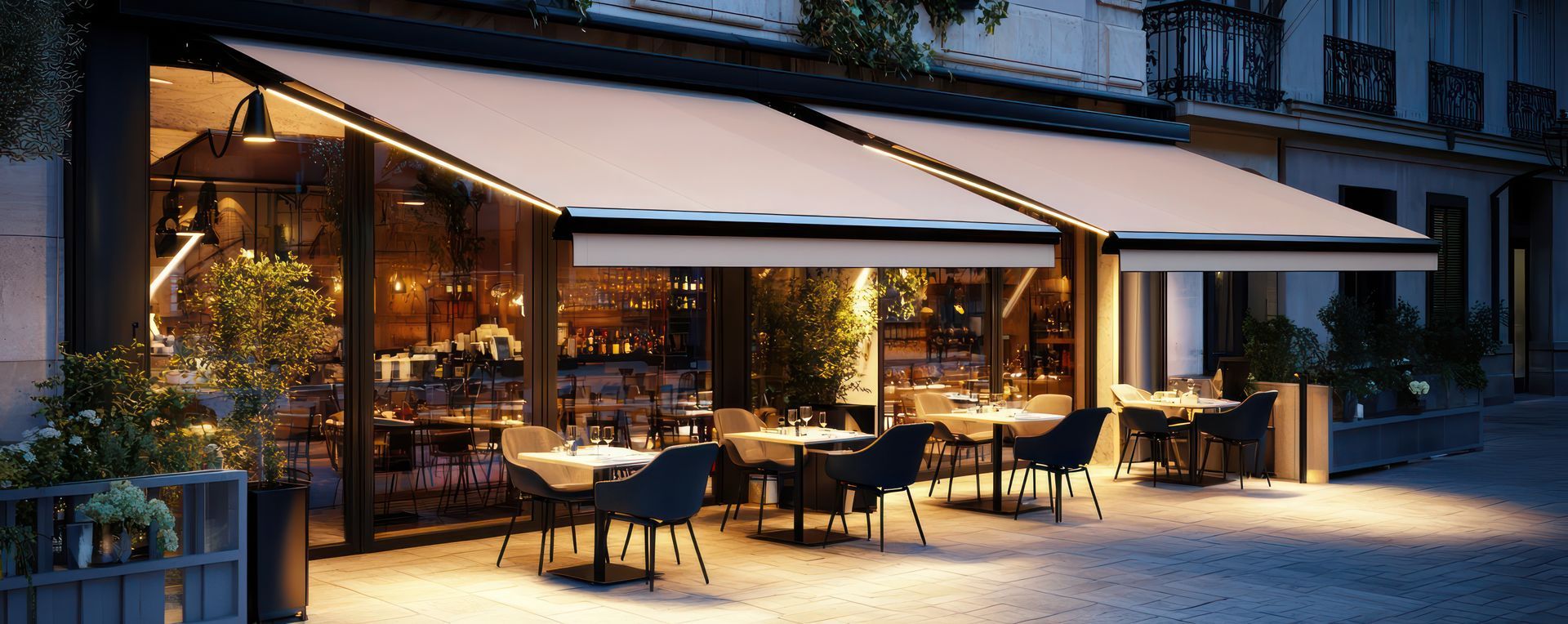Why Some Awnings Look Old in Just a Few Years
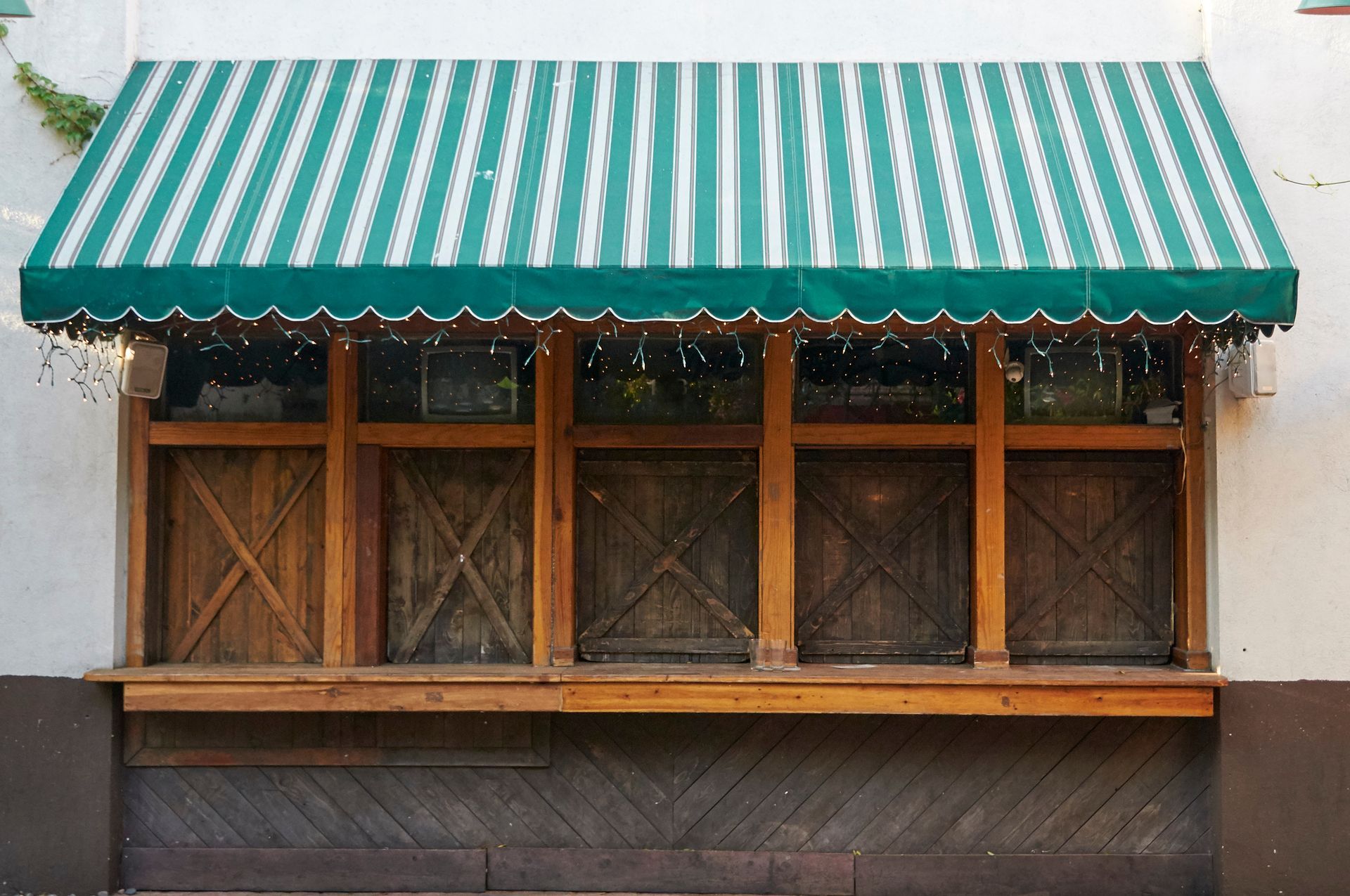
An awning should be an investment in comfort, curb appeal and protection from the harsh Arizona sun. Yet many homeowners are disappointed when their awnings begin to look faded, brittle, or simply “old” in just a few short years. The truth is, premature aging isn’t always about time; it’s about the fabric.
The science behind fabric fading, combined with the quality of the materials chosen, makes all the difference between an awning that looks new for a decade and one that needs replacing after only a few seasons.
The Science Behind Fabric Fading
The number one culprit of faded, worn-looking awnings is UV radiation. In Phoenix, where sunlight is direct and powerful most of the year, the damage is accelerated. Here’s how it happens:
- Color Loss: Ultraviolet rays penetrate fabric fibers and break down chemical bonds in the dyes, causing colors to fade. Reds, blues and other bold colors are especially vulnerable.
- Fiber Breakdown: Beyond color, UV rays weaken the structure of fabric itself, making it brittle, thin, and prone to tearing.
- Environmental Exposure: Heat, wind and pollutants add to the wear and tear, further shortening the lifespan of fabrics not designed for the desert climate.
When combined, these factors can cause a vibrant awning to turn dull and tired-looking long before its time if it isn’t made from high-performance materials.
Understanding Colorfastness Ratings
The ability of a fabric to resist fading is measured by its colorfastness rating. This rating is determined by exposing fabrics to controlled UV light and moisture and then measuring how well they retain their color.
The scale runs from 1 to 8, where:
- 1–3: Poor – Colors fade rapidly, often within months.
- 4–5: Fair to Good – Fabrics may last a few years but show visible fading in high-sun regions.
- 6–8: Excellent – Premium outdoor fabrics maintain their original color for a decade or longer, even in sun-drenched environments like Arizona.
When shopping for awnings, homeowners often overlook this rating. But colorfastness is one of the most important indicators of how long your awning will look vibrant and fresh.
Fabric Technology That Prevents Fading
Not all fabrics are created equal. Today’s best awning fabrics are engineered to withstand the elements through advanced manufacturing techniques:
- Solution-Dyed Acrylics: Instead of being dyed on the surface after production, solution-dyed fibers have color added during the manufacturing process. This means the pigment runs through the entire fiber, like a carrot rather than an apple with skin. The result is rich, UV-stable color that resists fading.
- UV Inhibitors: Many premium fabrics incorporate UV-blocking technology to absorb harmful rays before they can break down the fibers or dyes.
- Moisture and Mildew Resistance: Specialized treatments prevent staining, mold and rot, which not only extends the lifespan but also keeps the awning looking clean.
- Abrasion Resistance: High-quality weaves and protective finishes prevent wear from dust, wind and contact, all of which are common in desert environments.
Together, these technologies make modern awning fabrics capable of maintaining beauty and durability long after cheaper fabrics have failed.
The Hidden Cost of “Budget” Fabrics
On the surface, lower-cost awning fabrics seem like a great way to save money. But the reality is often the opposite.
- Frequent Replacements: Budget fabrics typically last only 2–4 years in Arizona’s climate before fading or fraying, compared to 10+ years for premium fabrics.
- Labor Costs: Replacing fabric isn’t just about buying new material; you also need to pay for installation, which adds up over multiple replacement cycles.
- Curb Appeal Decline: A faded, sagging awning makes your home or business look tired and neglected. That visual downgrade can cost you in resale value or even in lost business if you’re a commercial property owner or tenant.
- Environmental Waste: Every replacement means more discarded fabric and hardware, contributing to landfill waste.
When the total costs are added up, investing in high-quality fabric from the start almost always saves money in the long run.
Practical Tips for Choosing the Right Awning
If you’re in the market for a new awning, here’s how to ensure you get one that looks great for years:
- Ask About Colorfastness Ratings: Look for ratings of 7–8 to ensure long-term vibrancy.
- Choose Solution-Dyed Fabrics: They outperform surface-dyed alternatives in both durability and fade resistance.
- Consider Climate: In Arizona, UV protection is non-negotiable. Don’t settle for indoor-rated or multipurpose fabrics.
- Think Beyond Initial Cost: Calculate replacement cycles and installation fees; quality fabrics nearly always pay for themselves over time.
- Work with Professionals: Reputable awning installers can recommend fabrics designed for desert conditions and back them up with warranties.
Protect Your Investment With Our High-Quality Residential and Commercial Awnings in Phoenix
At Arizona Awnings, we understand the unique challenges of desert living. Our team only installs high-performance awning fabrics that resist fading, repel moisture and stay beautiful for years. Whether you need shade for your patio, storefront or outdoor retreat, we’ll help you design a solution that lasts.
Contact us at Arizona Awnings today for a free consultation or give us a call at 602-252-3430 and discover how the right awning can transform your outdoor space.
